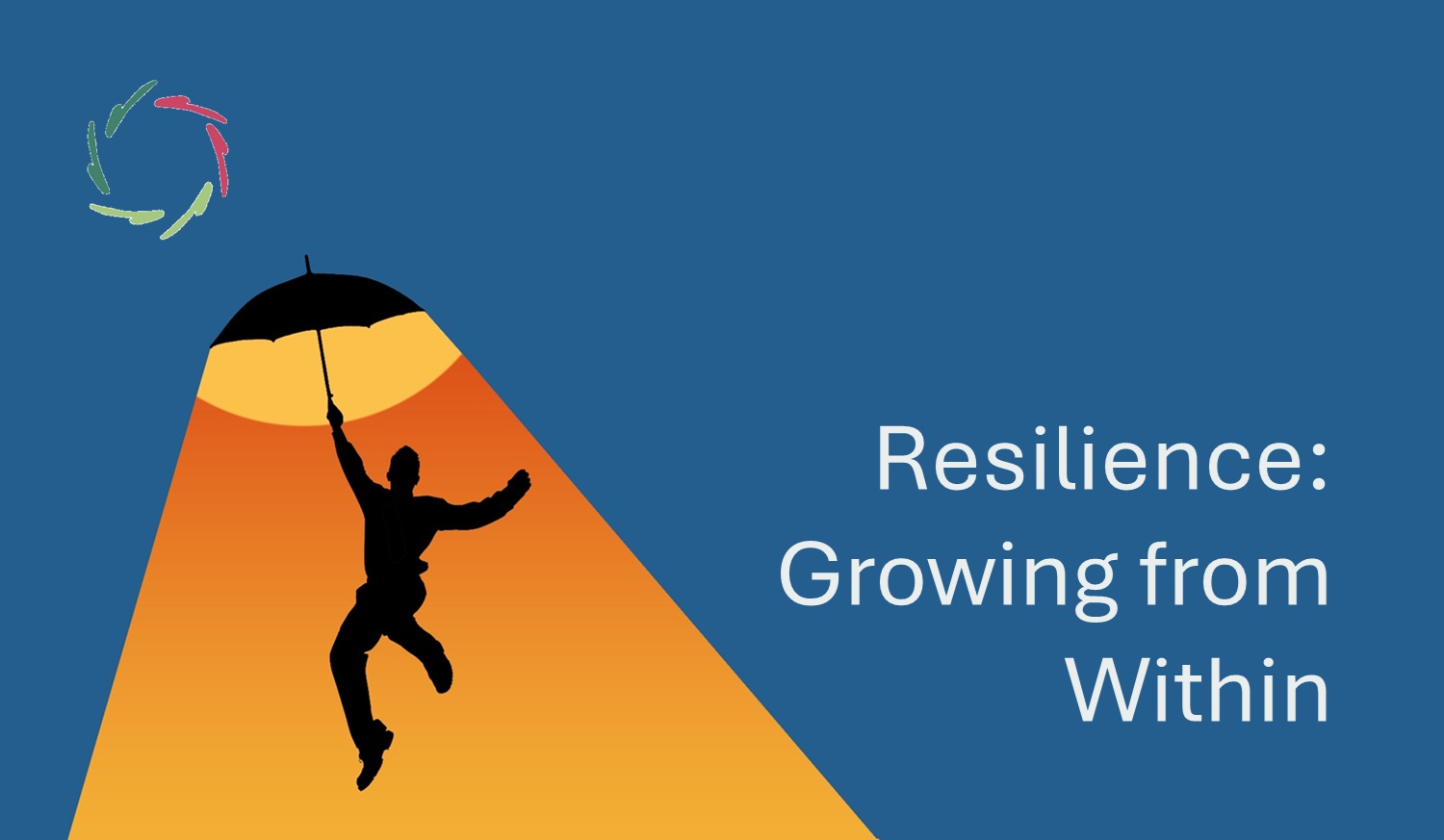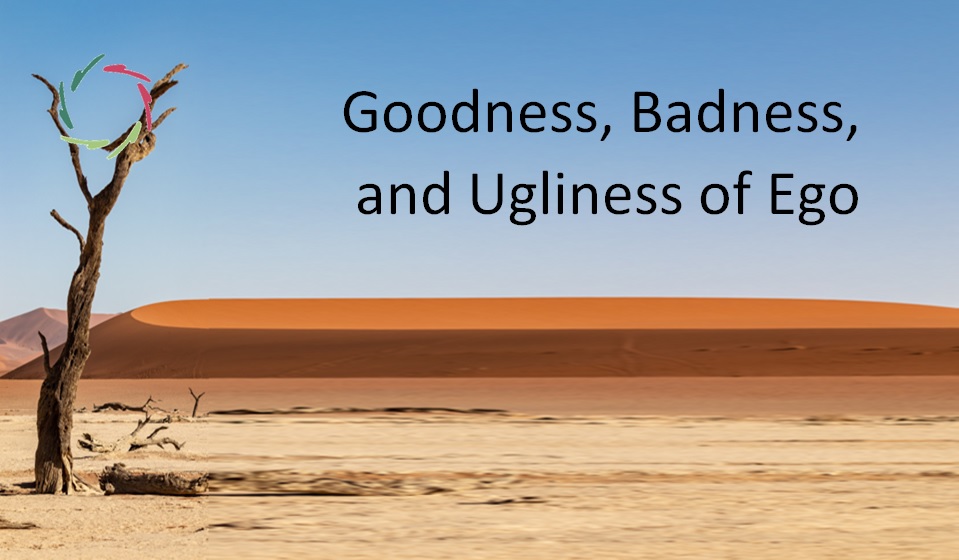The Subconscious in Action

Subconscious processing is everywhere.
It is the basis of any thought, feeling, action etc. [see: “The Modern Subconscious”] Still, we don’t ‘see’ it in action because it is transparent, in the way that our eyes are transparent when we are looking through them… all the time. The below listing is an enumeration of just a few special circumstances where we do come closer to ‘seeing’ it in action. I included references for more information:
- cocktail party effect: we suddenly hear our name in a lot of noise [1]
- free associations: without knowing where from, the answer is ‘suddenly there’. E.g. the Canadian researcher Kenneth Bowers in letting people search for an associated word on basis of 5 clue words [2].
- saccadic eye movements [3]
- driving a car without conscious awareness, arriving somewhere without remembering anything in between
- mere exposure effect of valuing something more positively also when exposure was subliminal [4]
- inattentional blindness: missing something when attention is elsewhere [5]
- blindsight patients can meaningfully react to information without their conscious awareness of it [6]
- tip of the tongue phenomenon [7]
- priming through subconscious associations even with words that are not consciously seen (subliminal) [3]
- ideomotoric behavior: representation of a behavior being sufficient for initiating that behavior [8]
- the inspiration of an artist or scientist comes without the person himself really knowing how it comes to him. E.g. the famous mathematician H.Poincaré (1854-1912) studied this phenomenon in the ‘discovery’ of mathematical solutions. He described “spontaneous and unexpected inspiration as a consequence of prolonged and unmistakably unconscious effort.” [9]
- Recently, fMRI has made it possible to have a new look at mental processing that goes on before conscious awareness. E.g. research by John-Dylan Haynes shows that simple decisions can be traced in the brain up to 10 seconds or more before we consciously become aware of them [10][ 11][ 12]. Note that these 10 seconds are not a time lag between brain and mind, but instead between subconscious and conscious processing. The brain and mind are present in both of these, and progress together with no delay between them.
- Double-blind RCT: The ‘double’ is needed because the expectation of the physician can, without him consciously knowing so, influence the expectation of the patient.
Of course, these are just a few examples. The point is not that subconscious processing is only relevant in such, but all the time, including now, while reading this. ‘Simply reading’ demands an enormous amount of processing of which you are only very partly consciously aware.
References
- Moray N. 1950 Attention in dichotic listening: affective cues and the influence of instructions. Quarterly Journal of Experimental Psychology. 1950;11:56-60
- Bowers K.S., Regehr G, Balthazard C, Parker K. Intuition in the context of discovery. Cognitive psychology. 1990;22:72-110
- S.Churchland Brain-Wise, Studies in Neurophilosophy: MIT Press, 2002: 471
- Bornstein R.F. (1992) “Subliminal mere exposure effects” in Bornstein R.F., Pittman T.S. (ed) Perception without awareness: cognitive, clinical and social perspectives. New York:Guilford: 191-210.
- Simon D.J., Chabris C.F. Gorillas in our midst: sustained inattentional blindness for dynamic events. Perception 1999;28:1059-1074
- Gazzaniga M.S. (ed.) Cognitive Neuroscience: MIT Press, 2009: 1294.
- Cleary AM. Relating familiarity-based recognition and the tip-of-the-tongue phenomenon: detecting a word’s recency in the absence of access to the word. Mem Cognit. 2006;34(4):804-16.
- Wegner D.M. The illusion of conscious will. Cambridge: MIT Press 2002
- Ghiselin B. The creative process. New York: New American Library 1952:37-40
- Bode S, He AH, Soon CS, Trampel R, Turner R, Haynes JD. Tracking the unconscious generation of free decisions using ultra-high field fMRI. PLoS One. 2011;6(6):e21612
- Soon CS, Brass M, Heinze HJ, Haynes JD. Unconscious determinants of free decisions in the human brain. Nat Neurosci. 2008;11(5):543-5.
- Haynes JD, Rees G. Predicting the stream of consciousness from activity in human visual cortex. Curr Biol. 2005;26;15(14):1301-7.


